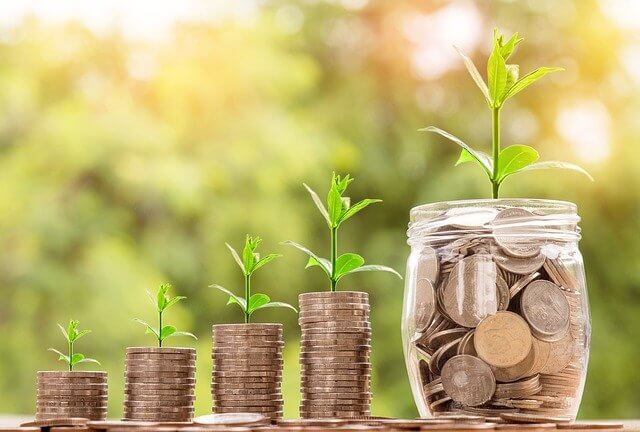HUB once again revised the Croatian GDP growth rate upward from July’s estimate of 5.3%.
The national economy is expected to grow at a rate of 9.5% this year, with economists’ projections ranging between 9.2% and 9.7%, HUB said in its latest outlook.
“That isn’t surprising considering the developments and data released since July. Croatia is firmly positioned in the group of Central and Eastern European countries which are mostly surpassing the pre-pandemic level of economic activity,” the report says.
Bankers’ optimism isn’t waning for 2022 either with the average expected growth rate forecast at 4.6%, with very little divergence in estimates – from 4.4% to 4.8%.
Increased inflation to “eat up” a great deal of wage growth
The analysts expect that the accelerated economic growth will spill over to the labour market through lower unemployment rates and increased wages. They expect wages to increase by 3.7%, which is a faster rate than the 2.9% inflation rate estimated for next year.
The difference between the two rates is less than in previous years. “In other words, increased inflation will ‘eat up’ a great deal of the expected growth in nominal wages,” HUB said.
The two main drivers of economic growth will be exports and investments. After a spectacular increase in exports this year, this trend is expected to continue at a high rate of 12% in 2022 while investments are expected to accelerate from 9.2% in 2021 to 11% in 2022.
NPOO to stimulate investment
Given that the corporate sector is still fairly passive with regard to investment, the main stimulus to investment in the short term should come from state investments, depending on how quickly funds from the National Recovery and Resilience Plan (NPOO) are activated.
Croatia to catch up with ECB monetary expansion
HUB said that the general government balance to GDP ratio is decreasing roughly in accordance with government projections by 4.5% in 2021 and by 2.9% in 2022, and that gross public debt should decrease from 87.3% in 2020 to 82.9% in 2021 and 79.7% in 2022.
With regard to Croatia’s aspirations to join the euro area in 2023, the analysts believe that the European Central Bank’s quantitative easing policy will continue long enough for Croatia to catch, in terms of the impact of euro area monetary policies on demand for Croatian government bonds.
For more on business, follow TCN’s dedicated page.








